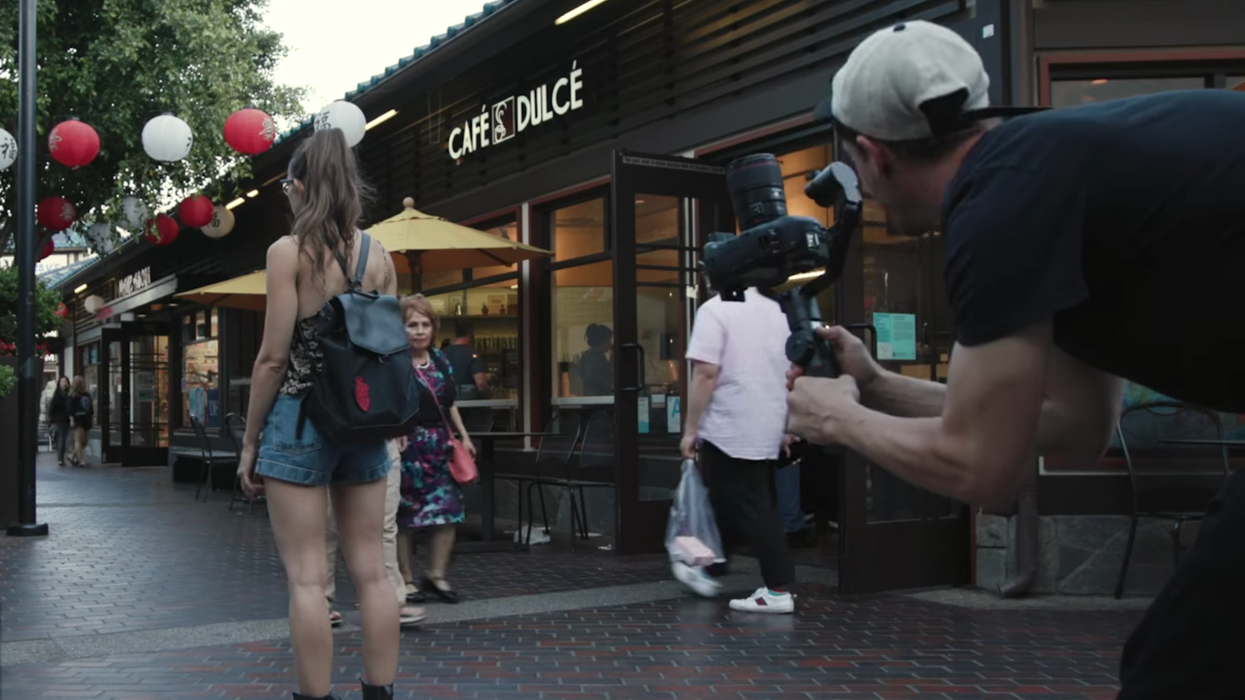Got 2 Minutes to Learn 6 Easy In-Camera Transitions?
In-camera transitions can give your project plenty of style without costing you a dime.

A good transition can add a lot of flair and production value to your project. Of course, you can try your hand at designing one in post, an endeavor made easier if you have at least some experience working with Premiere Pro, After Effects, or some other NLE. However, in-camera transitions are often faster, easier, and more fun to pull off—and you'll spend considerably less time editing in a dark room (which is always good). In this quick video, the team over at Mango Street shows you how to do six different in-camera transitions that are sure to make your next project sexy as hell.
Though it's not entirely essential, building up your arsenal of in-camera transitions is a smart move to make as a filmmaker. There are so many clever and unique ways to use the space around you, as well as the objects, people, and even light within them, to create some pretty cool ones, but just to give you a place to start, here are the six in-camera transitions mentioned in the video:
- Through the door: Dolly in until the door fills the frame. Open the door and continue to dolly in.
- Back in and out: Dolly in until your subject fills the frame. Then, dolly out from the same spot.
- Whip tilt up and down: Tilt up until the sky fills the frame. Tilt down from a different patch of sky to reveal a new location.
- Below ground: Crane down until a curb (or something) fills the frame. Use a similar object to fill the frame in the next shot and then crane down.
- Straffe blocking: Use a column or other object to fill the frame as your subject walks behind it. In the next shot, have your subject walk out from behind a similar object.
- Prism Wipe: Swipe a prism in the opposite direction that your subject is walking once they reach the other side of the frame. Do the same thing in the next shot, but earlier.
Be aware that you'll still need to do a little work once you get into post; a little speed ramping will definitely help you hide your edits. But before you even edit, be sure your camera work is setting you up for success. Perhaps the most important thing you'll need to do is fill up your frame as best you can with whatever you're using to obscure your image so you have somewhere to cut later on.
What is your favorite in-camera transition? Let us know down below.
Source: Mango Street











